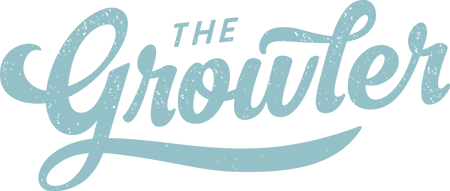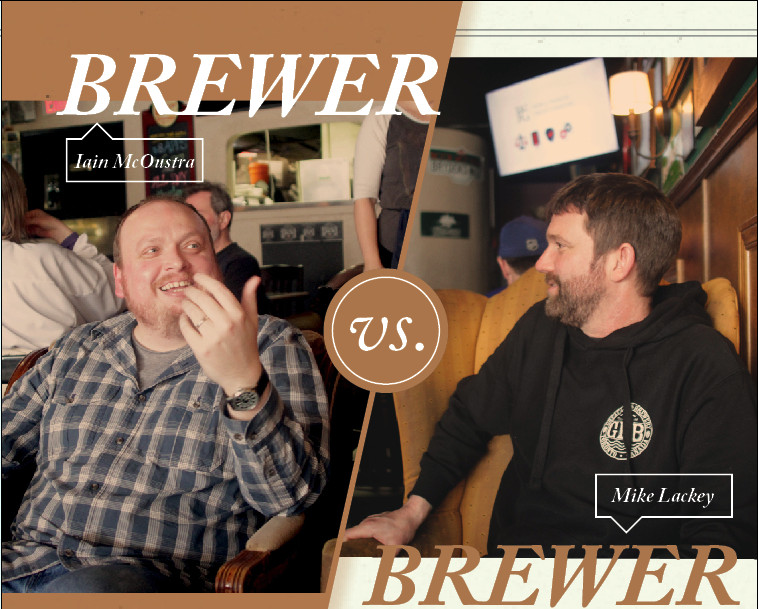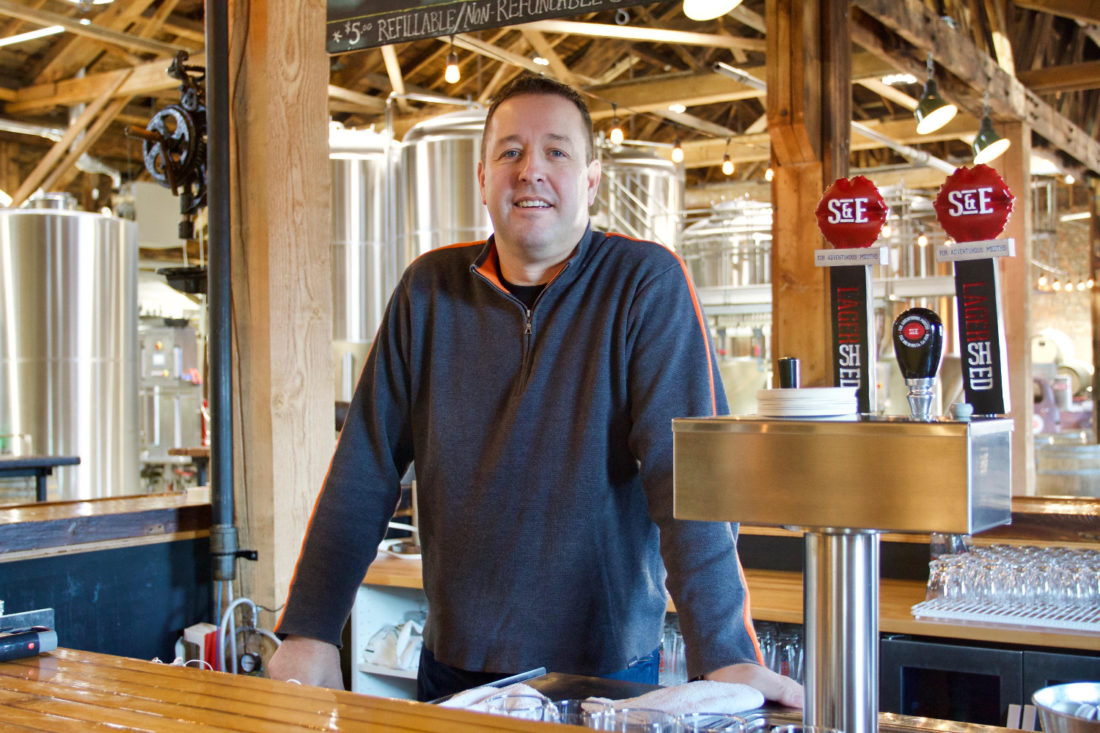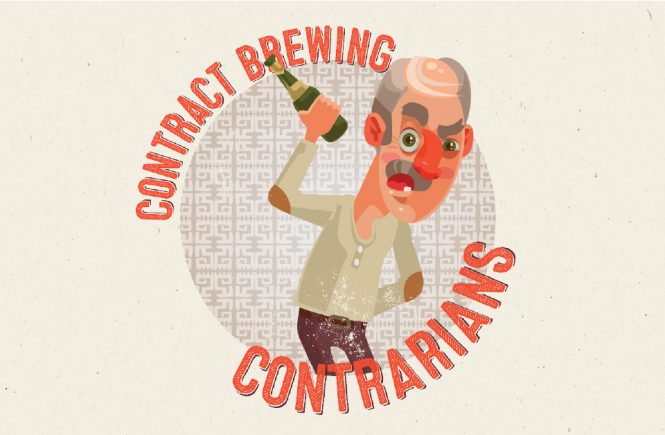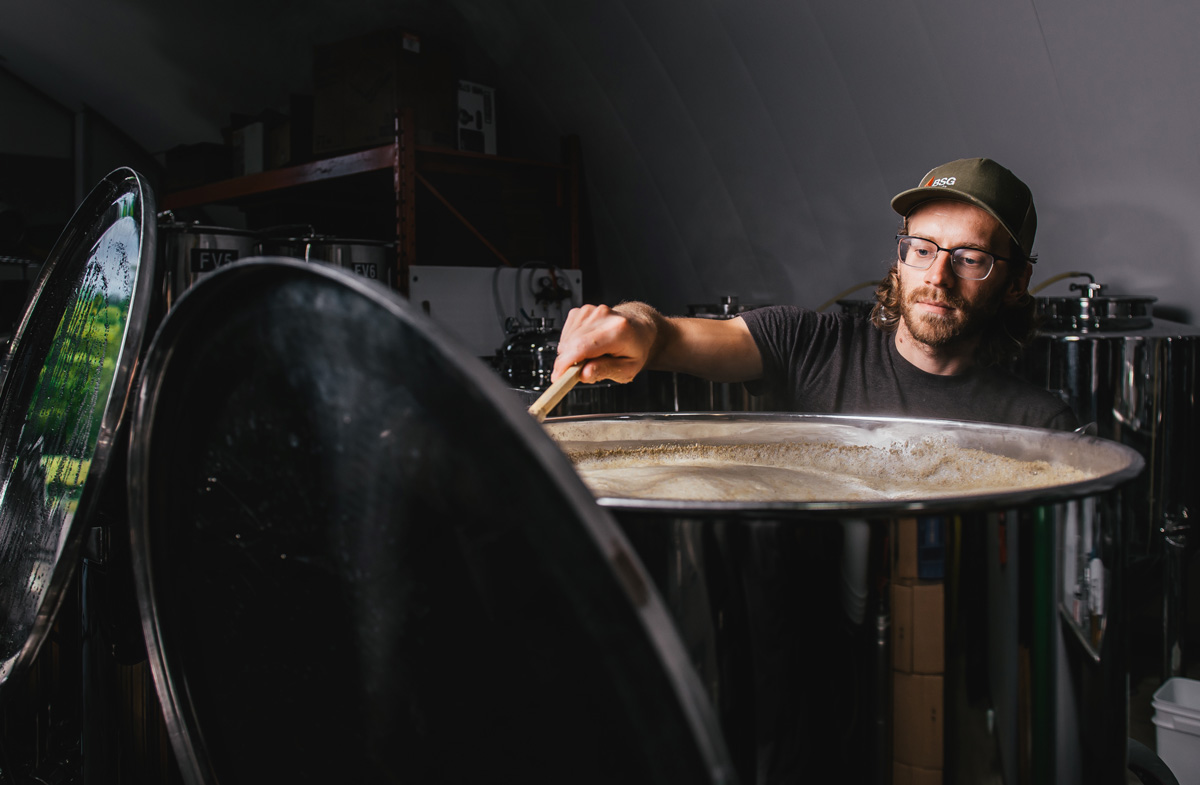
While the province of Ontario is up to nearly 400 breweries, many of them make beers in similar styles. The near total dominance of the IPA category and the use of aromatic hop additions has resulted in a situation where a genericness has crept into the scene. It’s only amongst the iconoclasts of the province, those who are based in tradition or determined to be different, that one finds truly unique beer.
In this case, I’m talking about Belgian styles. Historically, these have been more relevant to our Quebecois neighbours, who share an official language with Belgium. In the last five years, however, Ontario’s Belgian-style brewers have begun to win awards nationally and internationally. I sat down with Kalev Nisbet from Shacklands and Mischa Geven from Meuse in order to figure out what makes them tick.
The Growler: Could you please introduce yourself?
Kalev Nisbet: I am invariably referred to as the head brewer, chief beer architect, and brewmaster here. I guess at the end of the day I just do everything involved with production, the making of beer, and everything related to that. It’s a fairly all-encompassing role but everything relating to the creation of beer falls under my umbrella.
Mischa Geven: I am one of the owners and the production guy at Meuse Brewing. It is me and Estelle and she does a lot more of the front-facing stuff. I do all of the production side of things; gathering the ingredients to brewing to packaging to cellaring. It’s more than just brewing but I am also the brewer.
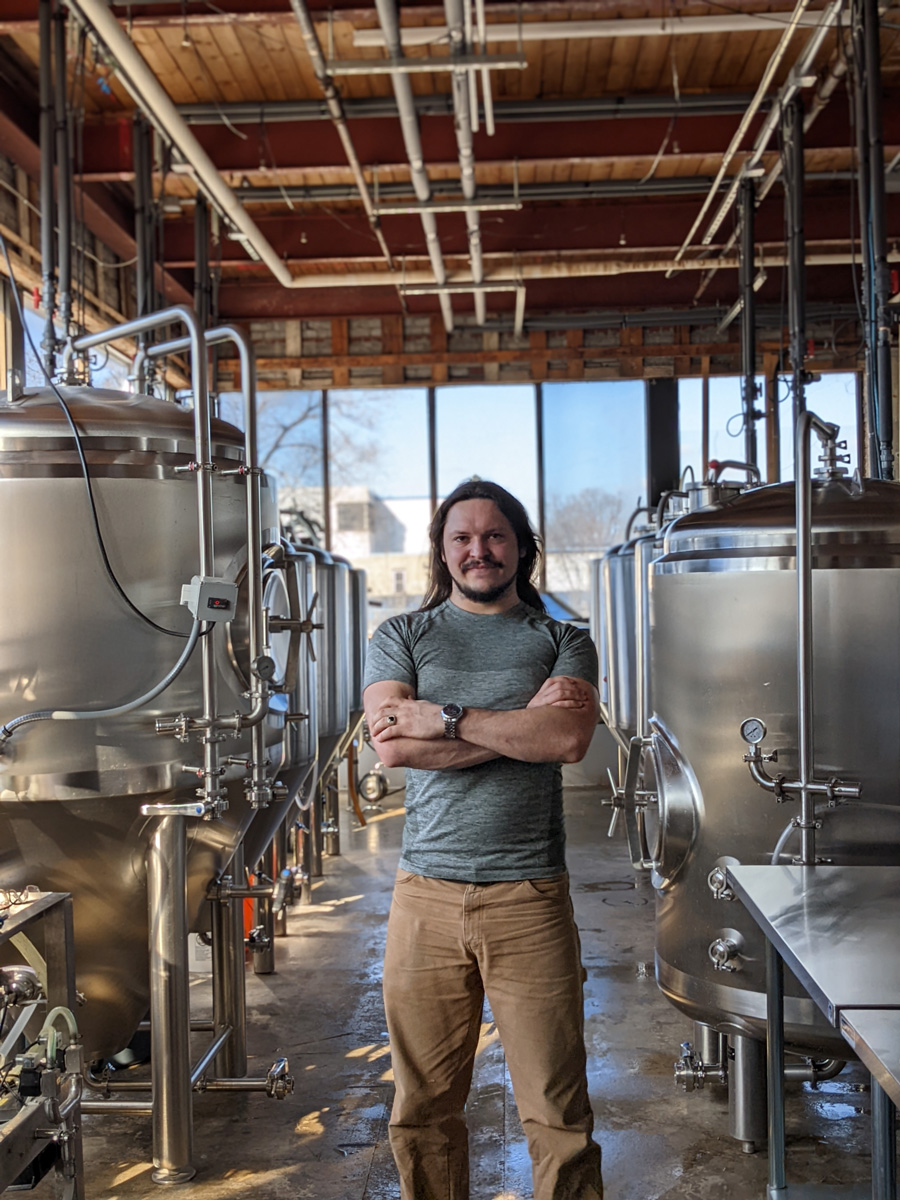
Growler: What was the Belgian beer that caused you to love the genre?
Nisbet: I think Belgian beer is a big part of my own kind of beer awakening. Particularly visiting Brussels was huge for me in discovering beer and developing my relationship with it. I mean obviously, discovering Cantillon and all those funky lambics and krieks and gueuzes was quite intriguing. But I think my first foray into beer was with the Chimay Premiere (their dubbel) and I’ve always been very fond of Abbey beer.
One of my favorite beers out there which was nothing crazy has to be Vedett. It’s a white beer and when it’s fresh and good it is truly a lovely beer.
Geven: I think it’s maybe Duchess du Bourgogne. That one is the outlier for me. The first real sour beer that I loved. It’s one of those gateway sour beers. That’s a little bit sweet. So it’s more accessible. It’s not overly funky. It’s an easy one to get into that style. From there you go to some of the more dry examples like the Rodenbach Vintage, which I find a little bit drier. Then going to the classic lambics and those beers.
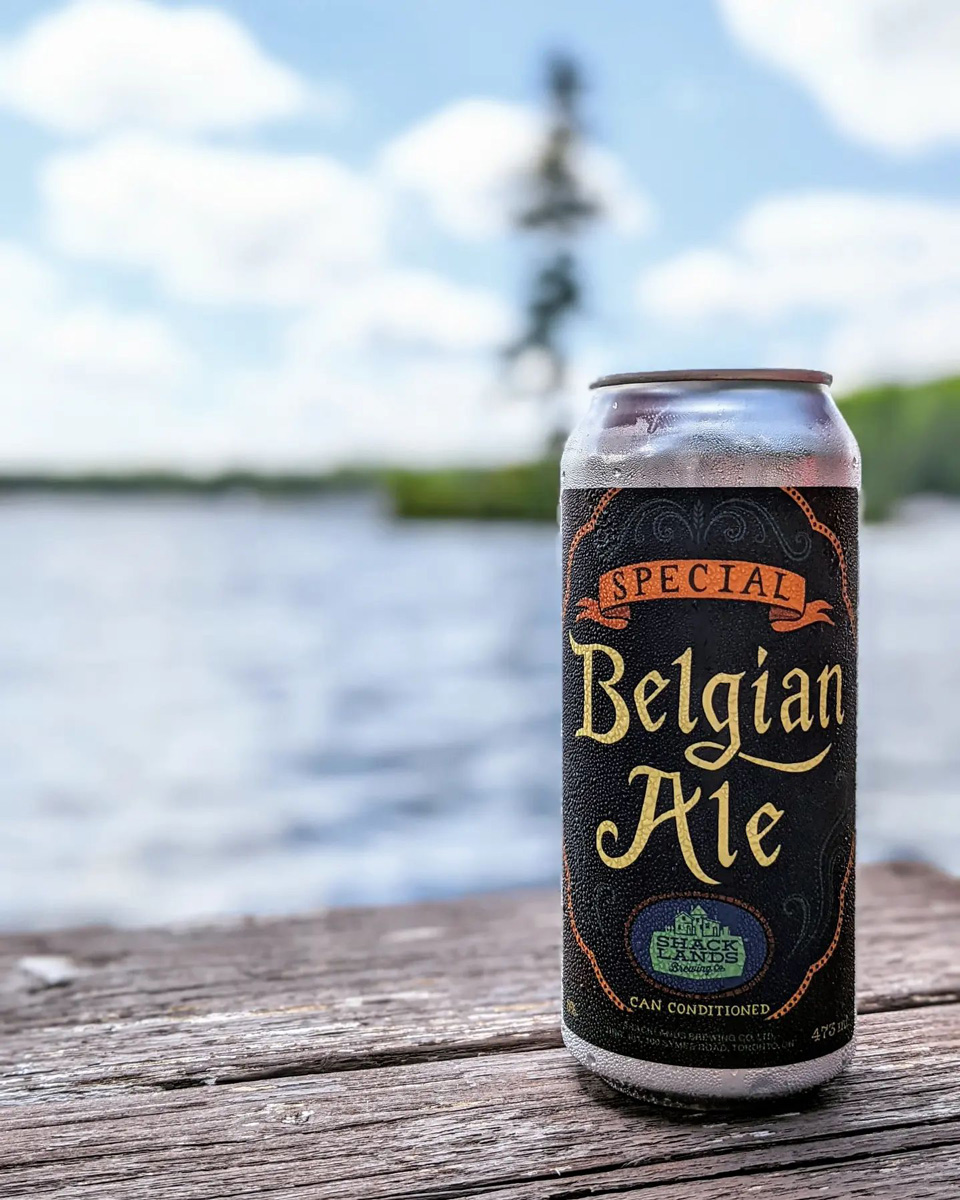
Growler: How do you decide what to make?
Nisbet: There is obviously something of a Shacklands self-fulfilling prophecy given that our toolkit contains our house Abbey and Saison yeast strains. So everything we make is going to have a little bit of that kind of distinct Belgian yeast profile and because of that pretty much all of our recipes will get at least tailored to that. It is just part of what this place is. As a result everything we do is either a pure Belgian style or even if it’s something structurally like a North American style it will be made with a Belgian yeast so it’ll still be something of a hybrid.
We have to kind of consider that when developing recipes and just make sure that flavour profiles are going to work together. It’s this twofold thing where we like to make Belgian beer and because we have Belgian yeast we make Belgian beer. People keep drinking them which is testament enough.
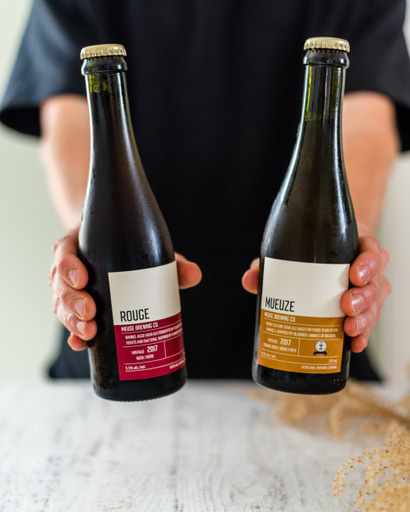
Supplied photo
Geven: It’s a little bit of what we like as the owners. What do we like to drink and what do we like to brew? The other thing is looking a little bit at what makes sense from our brewery’s perspective. So, Saison is just for us a very nice everyday drinking beer. It’s something that anybody can get into. It’s not too much of anything so even for our locals that are predominantly macro lager drinkers they will still enjoy Saison and from there.
Our real passion lies with a lot of the barrel-aged sour beers. On the one side that’s a bit of a niche product and on the other side it it just takes a lot of time and space to produce those beers.They’re really a passion project and for those we tend to create more of a standard base sour like a golden sour and from there we can work with any local fruits that we might have available to us and come up with different fruited versions of that.
Growler: What challenges are there in bringing Belgian style beers to market in Ontario?
Nisbet: I guess it handicaps us a little bit because not everybody is willing to try new things. We obviously don’t have an enormous marketing budget to throw huge campaigns out and try and get the word out. People in more recent years are going out of their way to try new things and explore craft beer in general and as a result a lot of people just kind of end up walking through our door being like “what is this place?”
We do have our Saison Davenport in the LCBO as well. It is enough to keep things flowing to the point that I’m still having trouble keeping up with production. It’s probably a good thing that we’re not shouting from the hills because it would probably make my life hell. I think it is something that sets us aside from all the other breweries definitely in the Toronto area. Not a lot of breweries are doing what we do.
Geven: There’s only maybe a handful of breweries that have a focus on those styles of beers. So not everybody is very familiar with them, especially the farmhouse side. People getting the trappist style beers are getting a little more common.
People that do drink the Belgian style beers, they might have an affinity for the actual Belgian products and I’m a little bit guilty of that too. If I see a good imported double or triple I will pick it up, whereas if I see that maybe from a Canadian producer I might be a little bit more hesitant because the Belgian examples are just that good.
Growler: What is there that makes Belgian beer difficult to make?
Nisbet: Everything we make is bottle conditioned, can conditioned, keg conditioned. It goes through a secondary fermentation and we of course add a bit of extra sugar and yeast and it naturally carbonates our beer in the packaged vessel. Beyond carbonating, going through that secondary fermentation we find it develops the character of our beers further. We have an old enormous safe in the brewery which is our conditioning room so we keep that warmer with a little space heater.
Definitely it adds a week or two on to the amount of time that it takes to get the beer into our retail fridge but it does create a lovely character. It’s a really nice quality of carbonation that’s created through this process. It is a slightly more traditional take on things and of course is in some ways a little masochistic, but it’s just another little Shacklands quirk.
Geven: I think at the moment it’s consistency. At New Limburg we did a lot of beers using imported ingredients. We were making Belgian beers using stuff that we brought in from Belgium. Whereas what we’re doing at Meuse is trying to use as much local Ontario or Canadian that we can and we’ve been growing barley on the farm and getting that malted in a consistent way. That’s probably been the most challenging part especially when you then have to translate that from batch to batch to the same beer without too much variation.
Growler: Do you ever think about pitching it all in and making a Hazy IPA?
Nisbet: Nah. Enough breweries are doing that. I don’t really feel the province needs a ton more. I mean of course we’ve made some in the past mostly ironically. We are not an IPA brewery and I don’t think we have any need to be.
Geven: We’ve definitely thought about it. It’s one of those things that’s always in the back of your mind when you’ve got a month where sales are slow. You’re like “you know what? There’s these trends and there are trends for a reason we should just jump on the bandwagon.” But with the two of us usually one of us can convince the other that, no, we should stick to what we’re doing. We might look at the trends and see how we can incorporate that in more of a farmhouse- style beer. Like, we’ve got a farmhouse IPA that’s using some of the same techniques as you would in in a hazy boy but it’s still using that farmhouse yeast and that just creates a much drier IPA.
